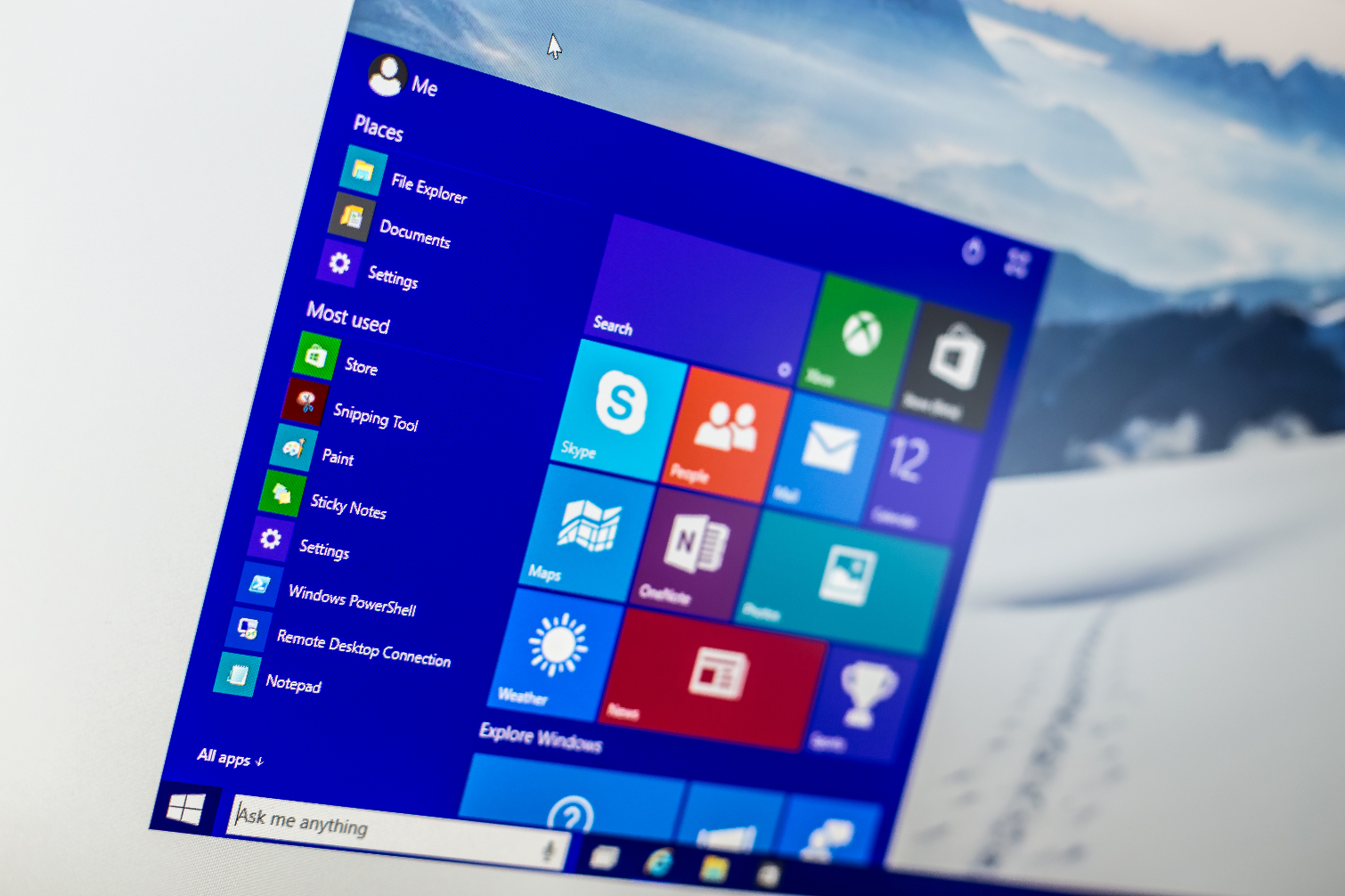There Are 825 Million Active Windows 10 Devices
Milestones quickly lose their significance. Businesses that frame their first dollar rarely commemorate their second, creators often set ever-higher goals for their audience numbers, and many people go from celebrating their birthday annually to once a decade. Now we can add something else to the list: Microsoft no longer bothers to revel in Windows 10’s install base, even though Thurrott reported on Friday that the operating system is now on 825 million devices.
The report is based on an internal document seen at Build 2019, the developer conference where Microsoft barely mentioned Windows. Most companies would at least take a moment to point out that their product has been getting closer and closer to being installed on a billion devices. Instead, there was hardly a peep about Windows 10 at Build 2019, despite Microsoft’s plan to release the Windows 10 May 2019 Update to some of its bravest users at the end of the month.
This wasn’t the first time Microsoft ignored a Windows 10 milestone. The company didn’t celebrate the operating system reaching 800 million devices either, and we only found out because of the Microsoft by the Numbers site that’s used to offer trivia about the company. (With the implication, then, being that the size of Windows 10’s user base is now trivial.) Microsoft last heralded Windows 10’s popularity when it reached 700 million users in September 2018.
Thurrott also reported on some changes to Windows leadership. Eran Megiddo is now the corporate vice president of Windows and Education under Microsoft Essential Products team leader and fashionista extraordinaire Joe Belfiore. That means Megiddo isn’t a direct replacement for Terry Myerson, the Windows and Devices lead who left Microsoft in 2018 as the division was being split, and seems to signify that Windows is no longer given the prominence in Microsoft’s corporate leadership that it once was.
Megiddo and his team were said to have the following goals: “Create clarity around Microsoft’s strategy for Windows, better manage cross-devices experiences between Windows and mobile, and continue pushing Windows in education.” This aligns with Microsoft’s recent focus on platform-agnostic services—including apps for mobile devices—over efforts to convince people to use Windows instead of its competitors. (And the continued efforts to dominate academia.)
It will be interesting to see what “create clarity around Microsoft’s strategy for Windows” means. Reports have indicated that Microsoft wants to rework Windows around a stripped-down core, to ensure the operating system is ready for new foldable devices, and to make Windows part of a cross-platform ecosystem rather than a platform unto itself. That’s a lot to ask of a decades-old product; clarity is pretty much required to make sure those goals are managed effectively.
Maybe by the time all that’s figured out Microsoft will decide that Windows 10 has passed another milestone worth celebrating. People still throw birthday parties when they pass the 100-year-old mark; maybe Windows 10 will get its share of fanfare when it hits a billion active devices. Until then, it seems Microsoft is going to keep quiet.
Get Tom's Hardware's best news and in-depth reviews, straight to your inbox.

Nathaniel Mott is a freelance news and features writer for Tom's Hardware US, covering breaking news, security, and the silliest aspects of the tech industry.
